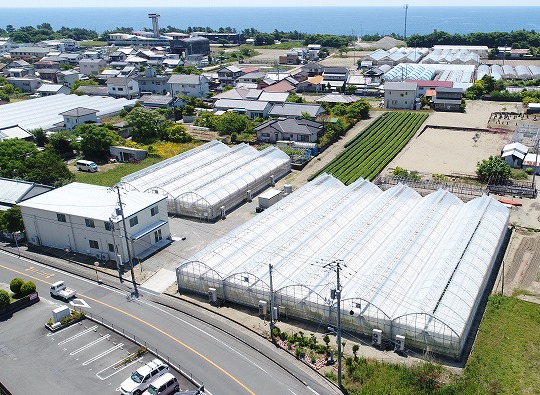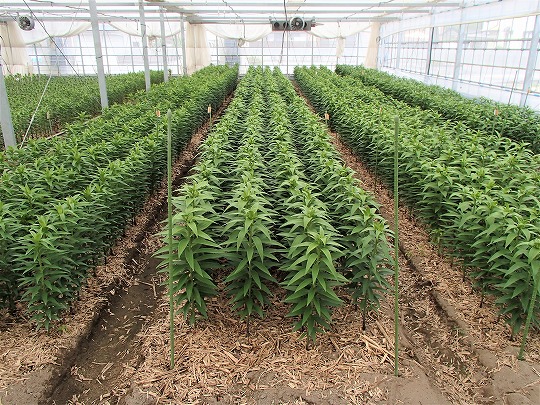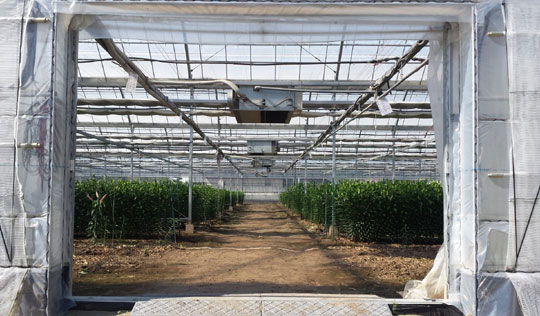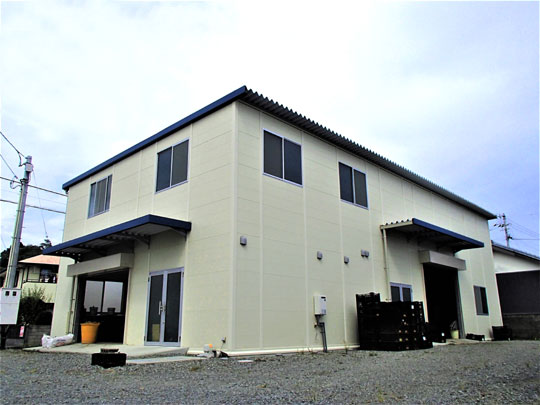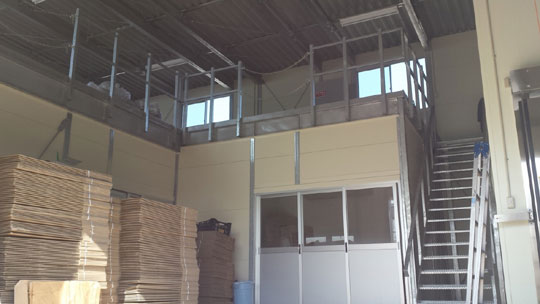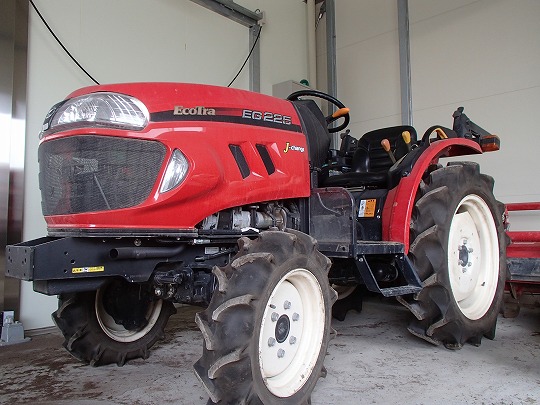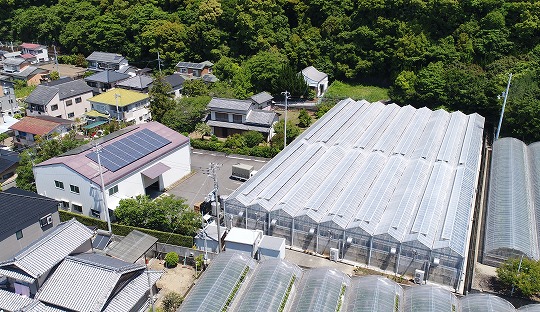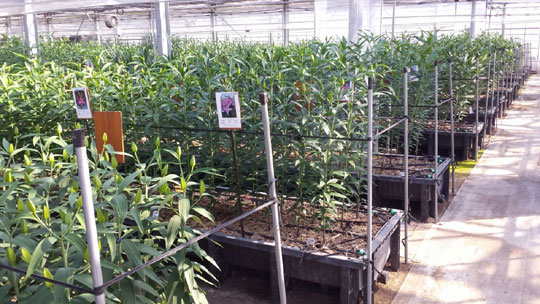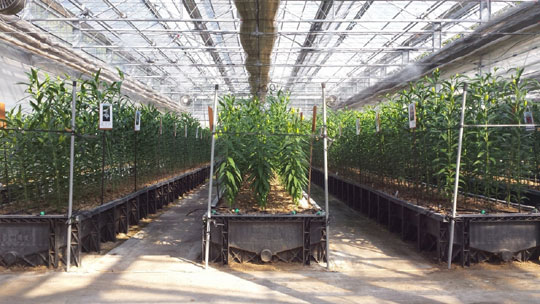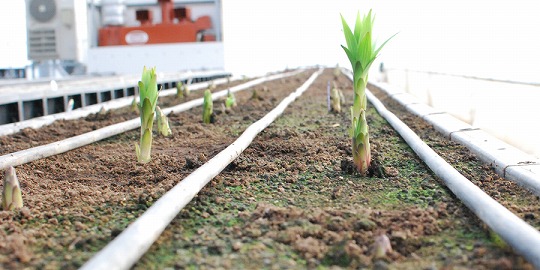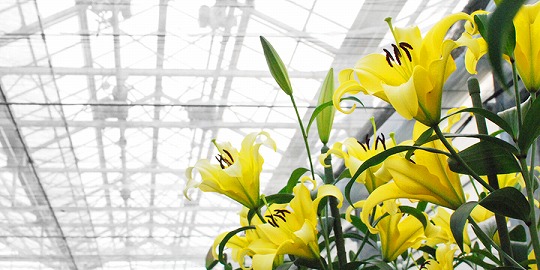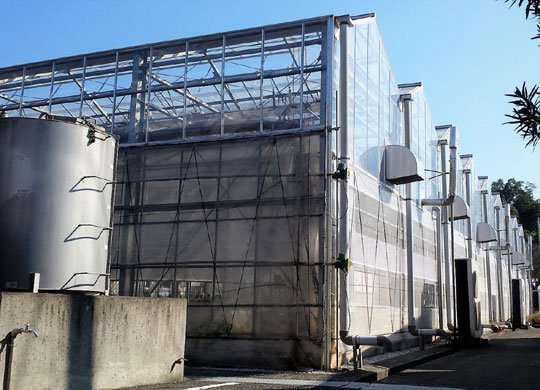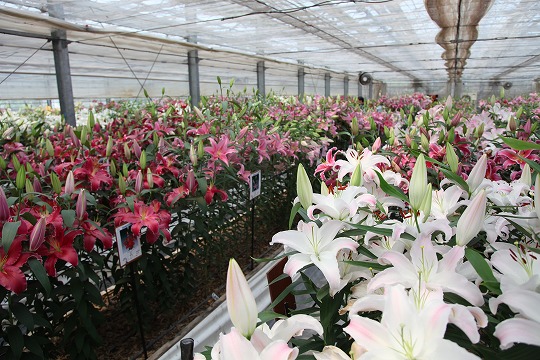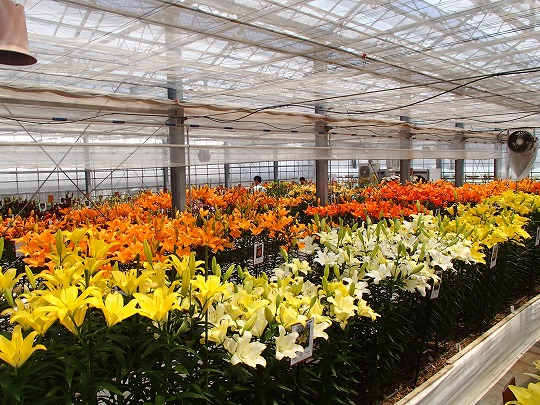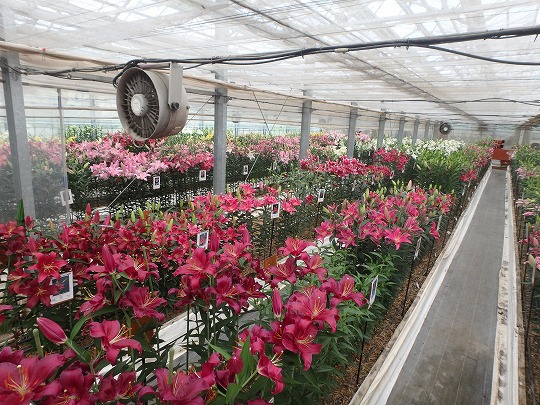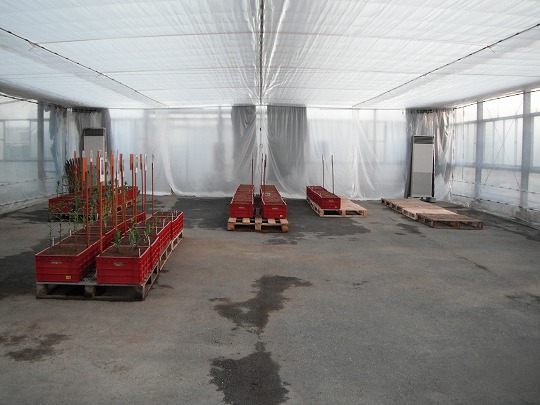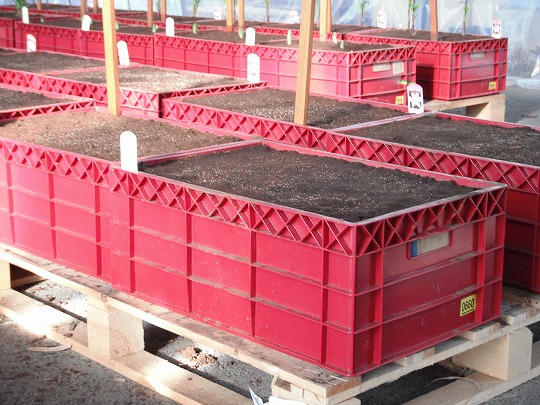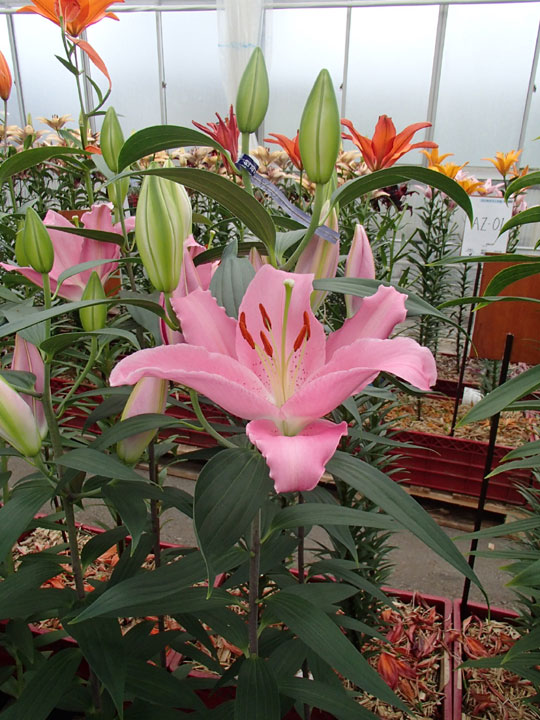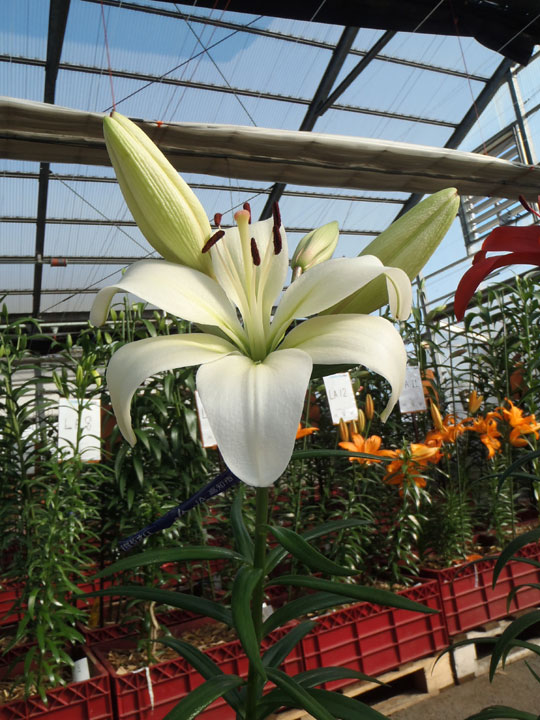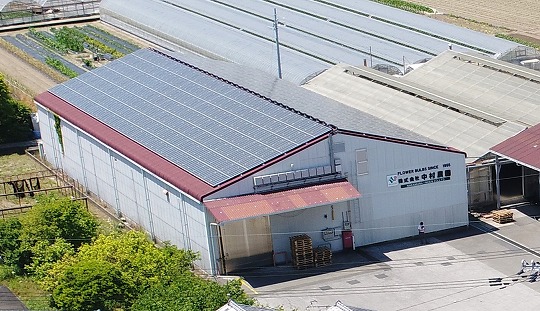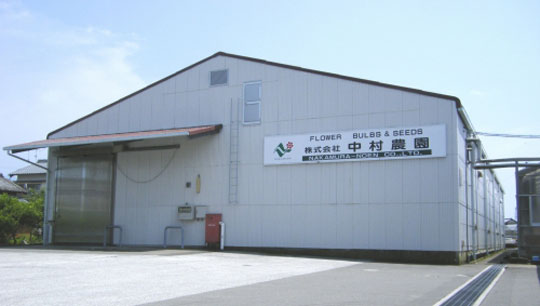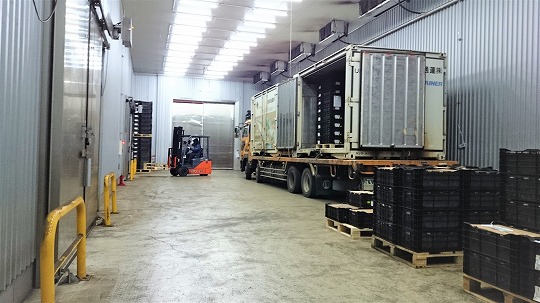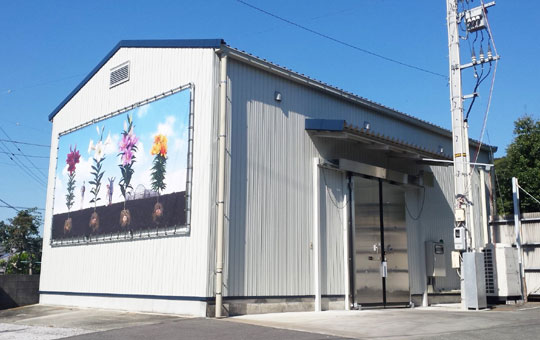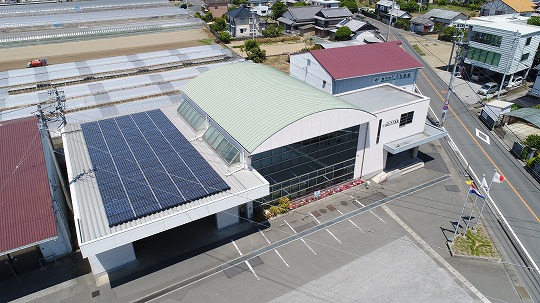Teru Nakamura
I visited Chile and New Zealand to research growers’ field from January 30th to February 10th, 2014. It is reported below.
【Chile】
This year, spring was chilly and the average temperature in September was 7.8℃, which was 0.8℃ lower than normal year and 1.3℃ lower than in 2013. In the end of September, frost caused damage to the beginning growth in some fields for small size. After that, it had rain less than normal year and spell of hot and dry weather in the summer. Especially, in December temperature was 0.9℃ higher than normal year and 1.7℃ higher than in 2013, and the amount of rainfall was 20% or 30% of normal year. After the middle of January, it sometimes had rain and some of growers said “Rain is welcome for spreading new roots.”
【New Zealand】
Rain repeated falling off and on, and the temperature repeated high and low. And rain fell intensively in a short time. That’s why between November and December, sunshine hours became shorter than normal year, but the average temperature changes like normal year. Depending on the area, there were some influence of flood caused by a heavy rain(in June) or the lack of oxygen caused by soil having hardened after a heavy rain(in September), but these problem stays limited fields or varieties with local influence.
~The enlargement is good !?~
【Chile】
Fine weather has brought good enlargement to all companies so far. As one of growers says “Although initial growth was late by spring cold, the condition is good by summer fine weather.”, bulb size is about +0.6 ~ 1.0cm larger than the same period by our measurement result last year.
【New Zealand】
In comparison with Chile, summer was cooler and more comfortable than last year and measurement result was similar to last year. (The enlargement was good last year.) The temperature was not high because of rain and the average temperature changed like normal year, so bulb size is as well as last year at present.
As described above, I can say that growth is good so far in both Chile and New Zealand.
~ Research in the field~
This time, I researched most of all Japan lots which is about 300 items, and then quality had concern for 27 lots but generally there was some improvement that I could see. It has not been perfect yet, but I feel that their sincere action for the solution to the problem is considered by quick updating varieties and lots year by year.
In addition, I found many things in visiting fields and checking by myself. The variety or grower whose bulbs in 2013 were not good (or bad) may not be the same in 2014 bulbs, so I really felt importance of continuing research like this.
~Diversification of planting & Technical improvement~
【Spread of planting in winter】
I noticed some big change from last time(2 years ago) by this visit SH. That is diversification of timing for planting. In recent years, not only the conventional two years cultivation but also planting in winter becomes popular in SH. Normally, cultivation in winter tends to be damaged by frost, so some growers don’t want to do it. But these days, they take steps of preventing from frost by blowing cold with using a propeller (photo in below) or helicopter in the day that lowest temperature become below zero.
In such idea, for early planting between June and July (winter), which dormancy is broken by nature cold like two years cultivation, and begins growth on a calm condition. Also, the growth period can be long. (It is difficult in Holland where the highest temperature in winter is about 5℃.)
These things give growers merits of working or cost like excluding cooling treatment process, the shortening storage time until planting.
 |
 |
【Steady effort】
There are fields with ups and downs in SH in comparison with Holland. Therefore water spots are made easily at the place like valley in the same field when it rains, and there is the risk of water damage.
For such a risk, some growers take steps of making a drain with direction of north and south, east and west in the field for preventing from gathering rainwater on the bed when it rains heavily. (You can see it on photo in below.) It is not new high technology but they make a steady effort whatever they can for stabilization of quality.
 |
 |
【Closing remarks】
Growers in both Chile and New Zealand guided their fields willingly when I visited. We have had good relationship for more than 10 years and continue to visit twice a year. A trust relationship which we built in this way is essential for bulb quality.
We have the mind of the representative from Japan (like Olympic!), and then we will continue making an effort in future to be able to help all of you by strengthening closer relations.



